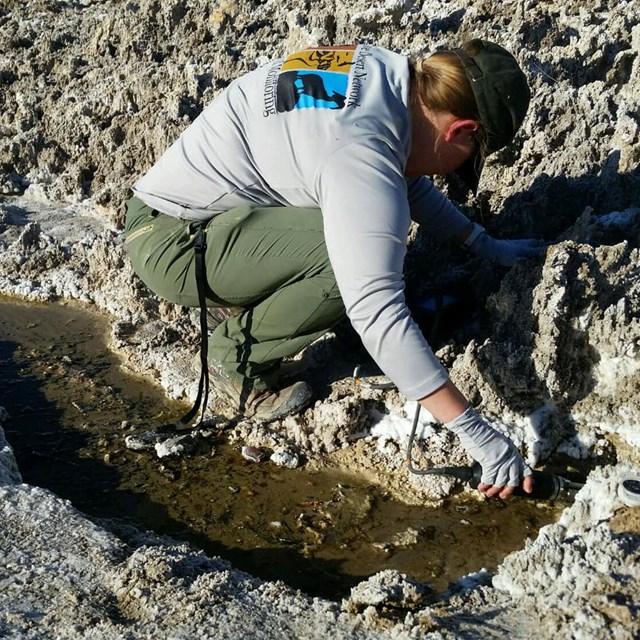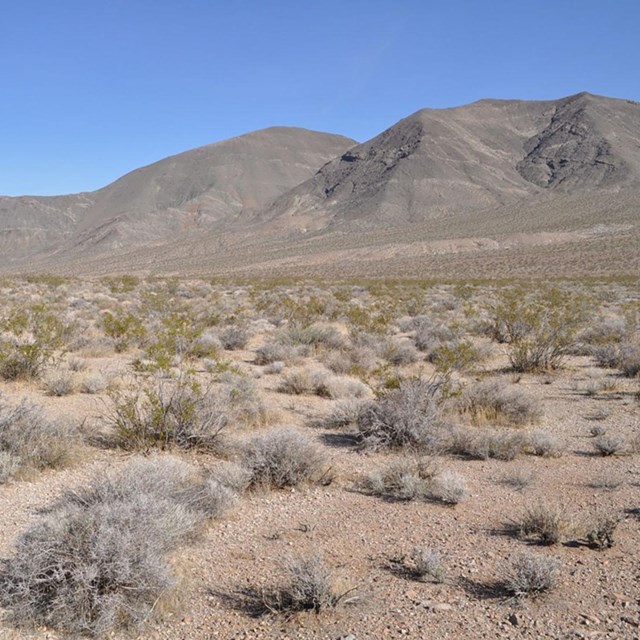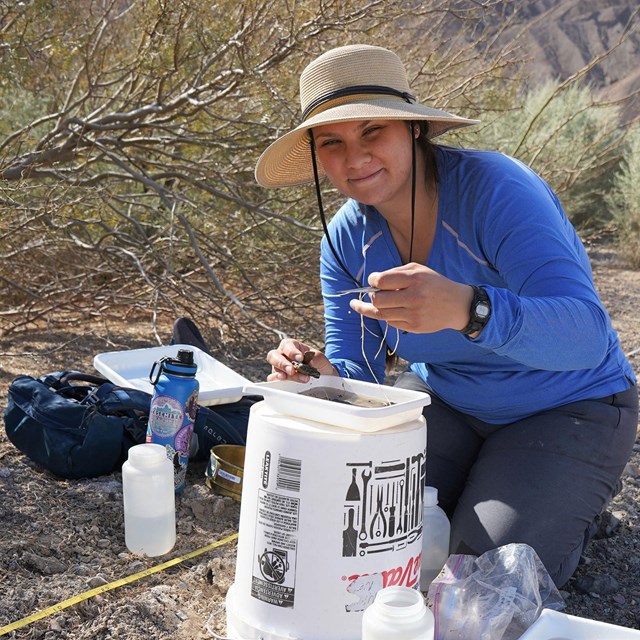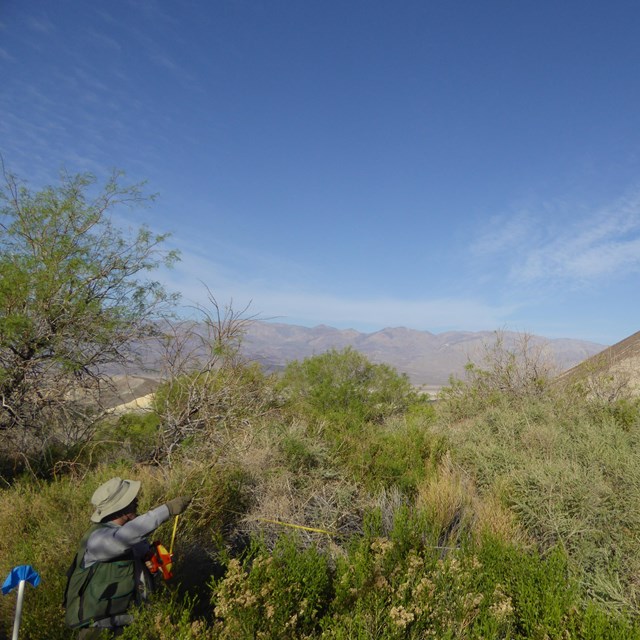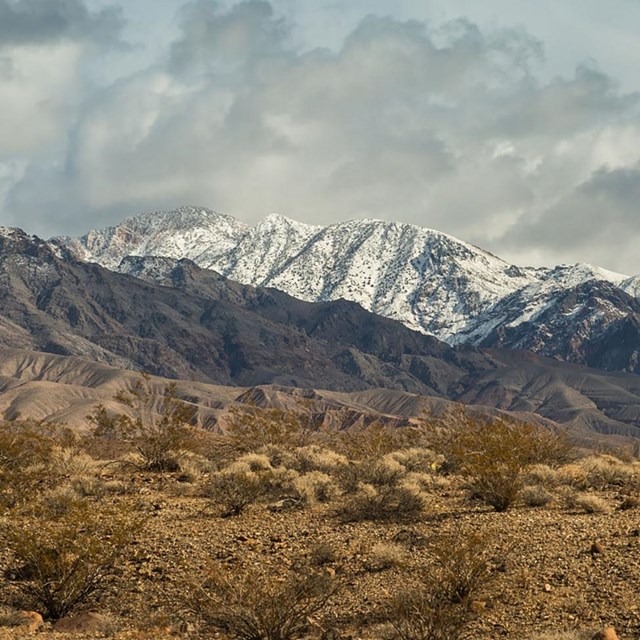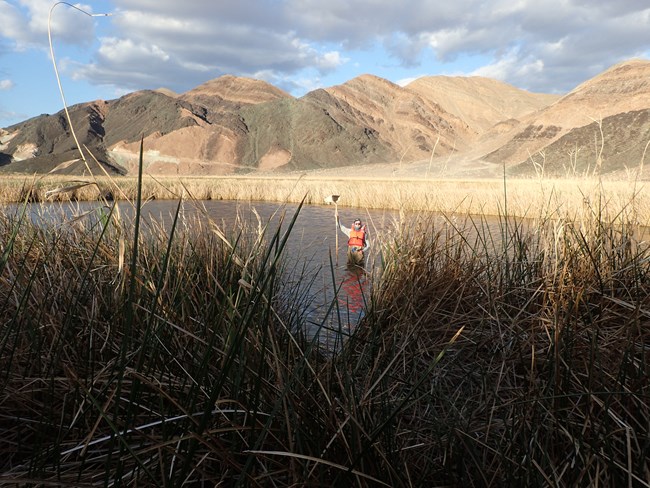
NPS / Jennifer Bailard Scientific research is key to protecting the natural and cultural wonders of our national parks. To make sound decisions, park managers need accurate information about the resources in their care. They also need to know how park ecosystems change over time, and what amount of change is normal. But park staff can’t do it alone. Like a physician monitoring a patient's heartbeat and blood pressure, scientists with the Mojave Desert Network collect long-term data on Joshua Tree National Park's “vital signs.” They monitor key resources, like bats, desert springs, integrated upland vegetation, and spring vegetation. Then they analyze the results and report them to park managers. Knowing how key resources are changing can provide managers with early warning of potential problems. It can also help them to make better decisions and plan more effectively. Studying park vital signs is only part of the picture. Scientific research is also conducted by park staff, other state and federal scientists, university professors and students, and independent researchers. Because many parks prohibit activities that occur elsewhere, scientists can use the parks as areas for determining the effects of these activities where they do occur. Especially in the American West, national park lands often serve as the best model for what a relatively undisturbed landscape looks like.
Select a Park:Select a Species Category (optional):
Search results will be displayed here.
* The species lists here represent best-available information but are also works in progress. Lists are updated as new information becomes available. Keep in mind that the absence of a species from a list doesn't necessarily mean the species is absent from the park. |
Last updated: August 4, 2025


